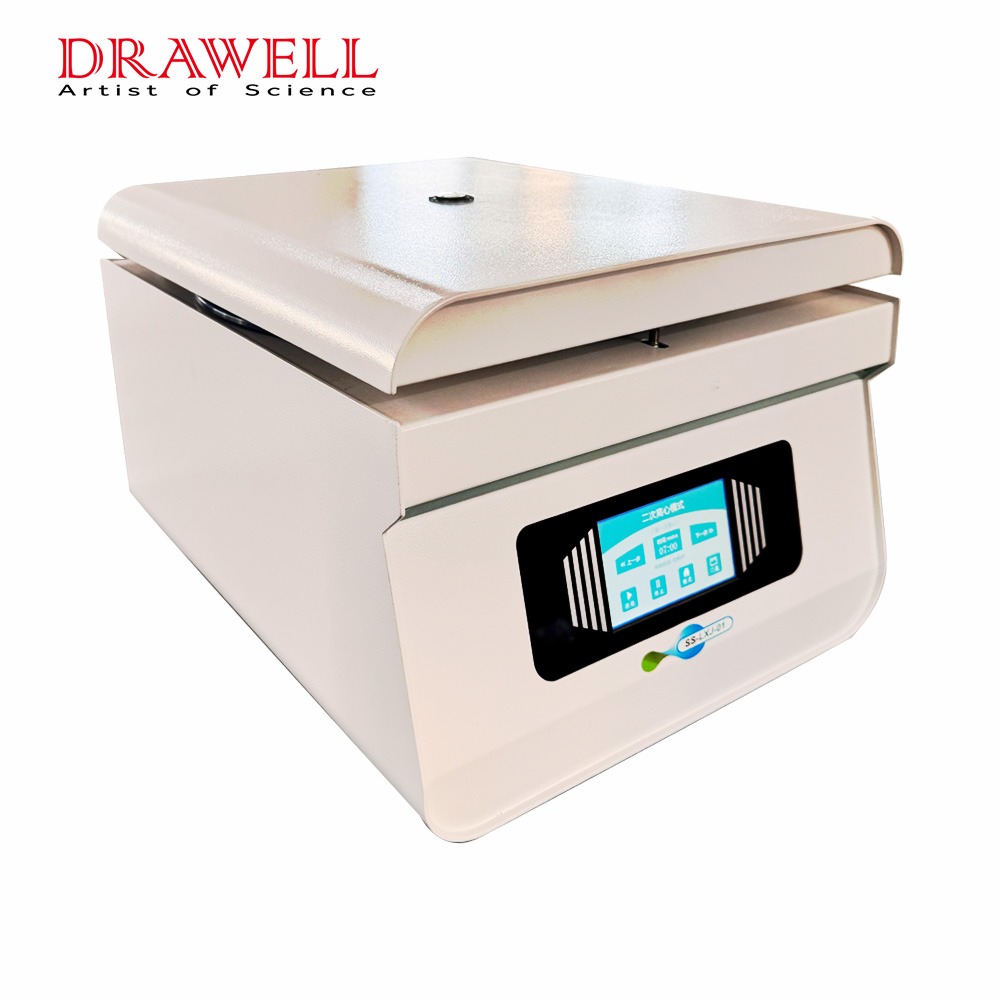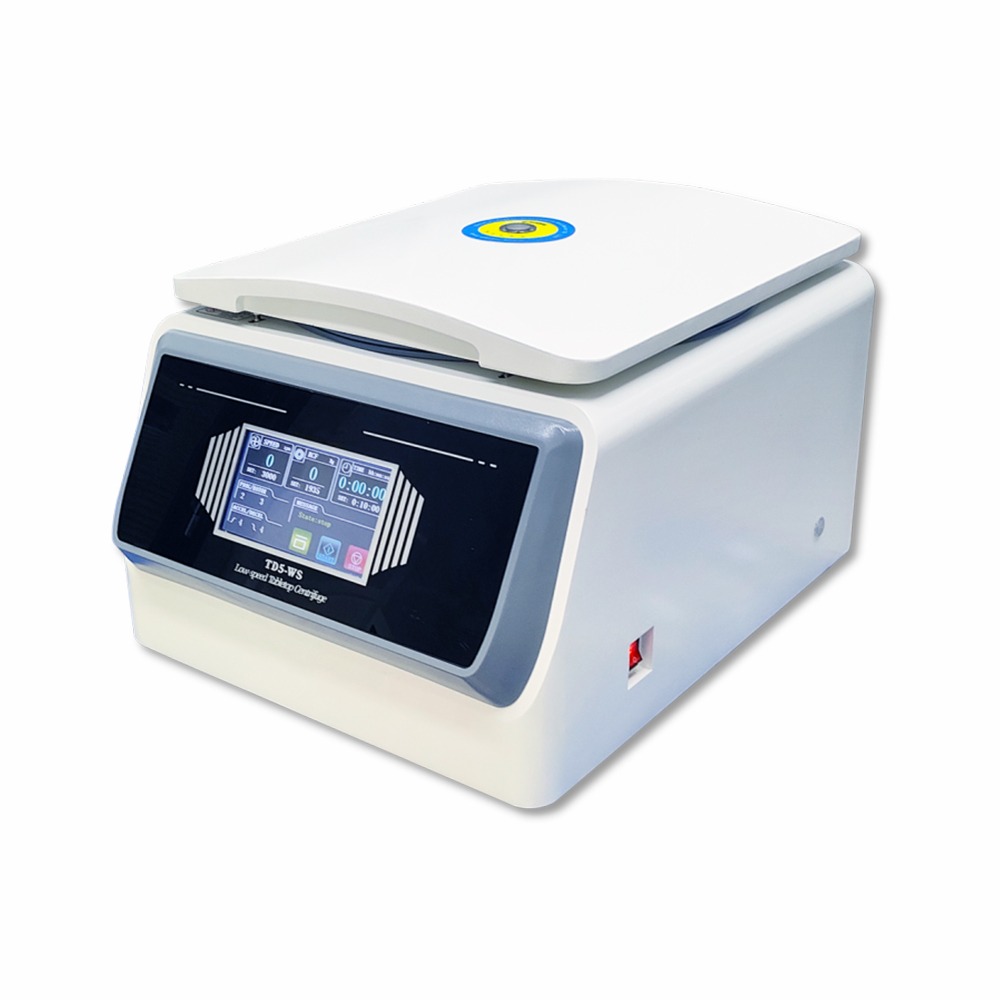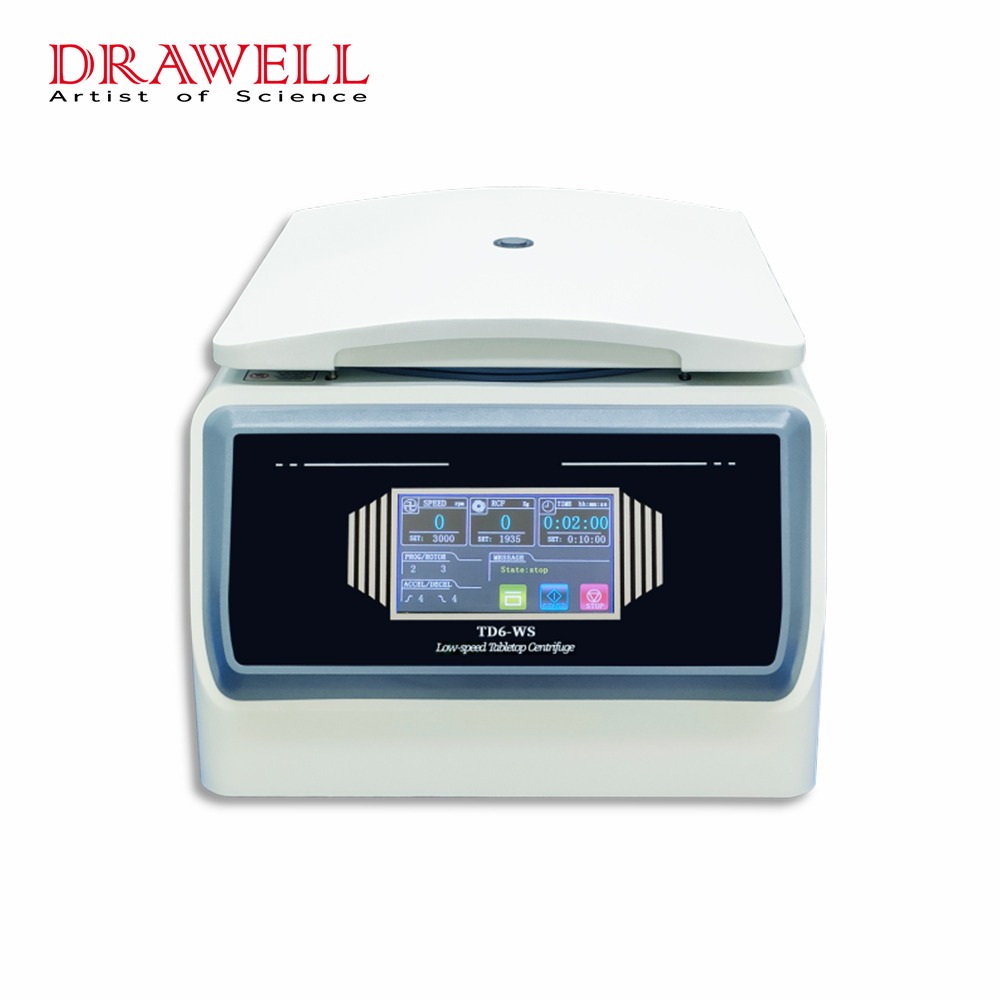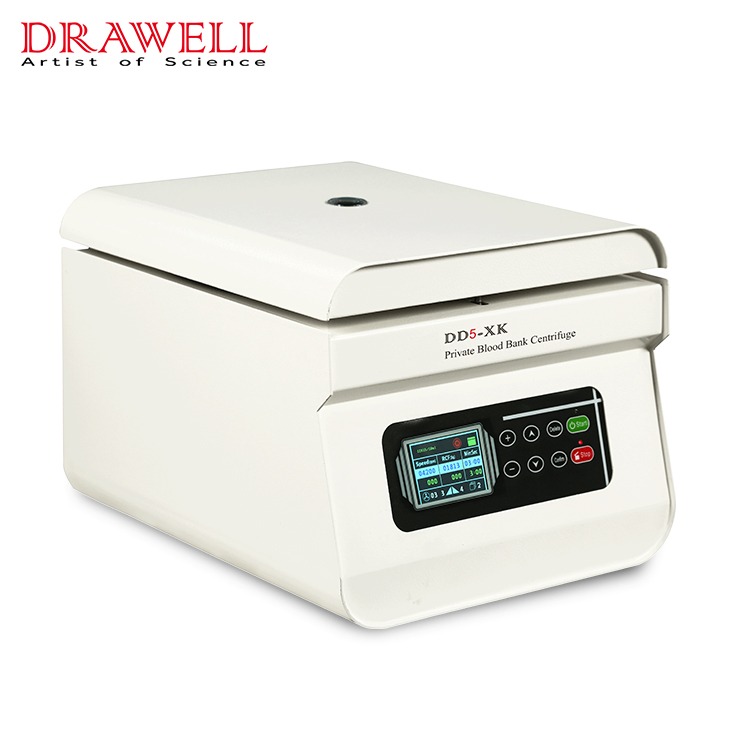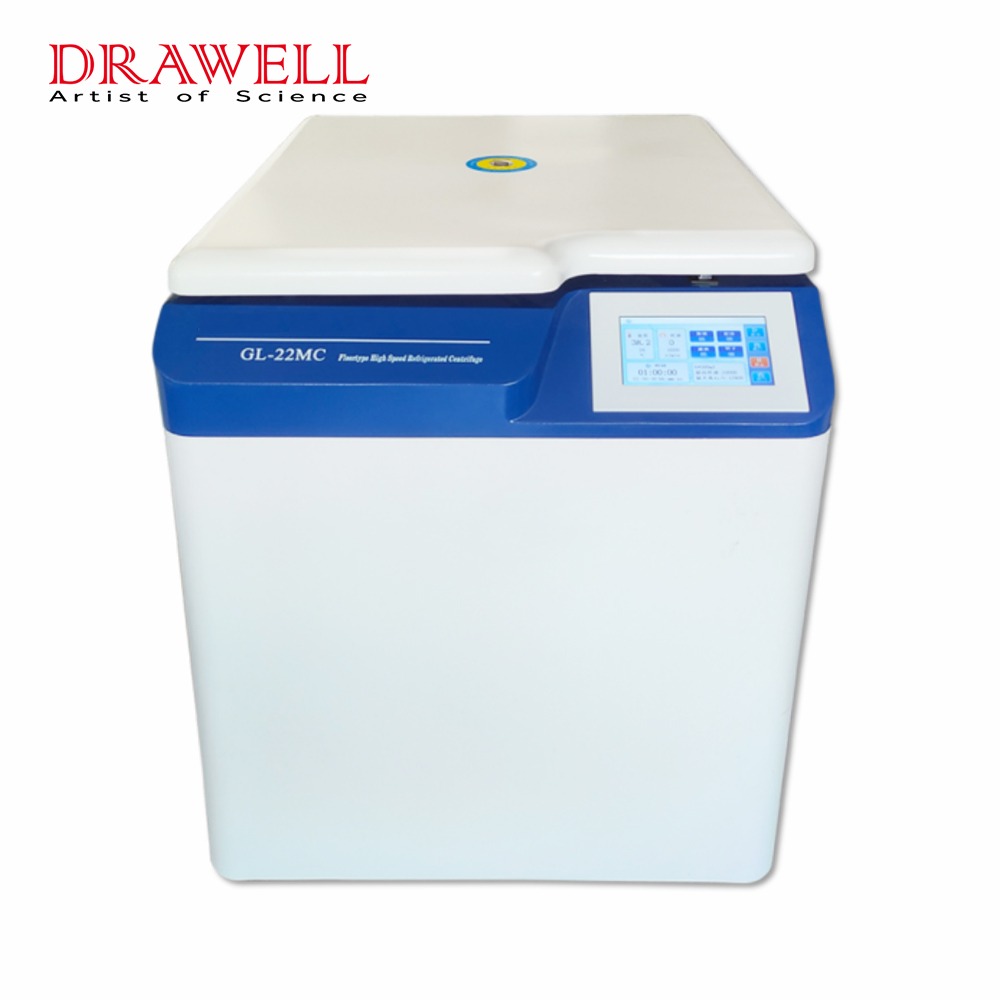Centrifuges are important scientific tools that separate distinct components of a mixture based on density, providing a force that drives the heavier particles to the bottom. It is critical to correctly balance a centrifuge to achieve precise and trustworthy results. In this article, we will discuss how to balance a centrifuge and provide a comprehensive step-by-step guide to achieving ideal performance for balancing a centrifuge.

Why Balancing a Centrifuge Is Important
Accuracy of Results
A balanced centrifuge ensures precise and consistent experimental results. An imbalance can result in uneven sample distribution, inconsistent separation, and inaccurate readings. The centrifuge performs effectively when it is balanced, allowing for the exact separation and analysis of components.
Preservation of Samples
An imbalance can result in the loss or damage of a sample. If samples are not dispersed evenly or the centrifugal force is delivered unevenly, they may spill or be subjected to extreme stress, thereby jeopardizing their integrity. The centrifuge is balanced to reduce the possibility of sample loss and to protect valuable or restricted samples.

Equipment Safety
An imbalanced centrifuge is dangerous to both the operator and the apparatus. Imbalance can cause excessive vibration, which can cause damage or failure of the centrifuge. This can result in equipment downtime, costly repairs, or even endangering laboratory personnel’s safety. These dangers are reduced and a safe working environment is ensured by proper balancing.
Prolonged Equipment Lifespan
Balancing a centrifuge not only protects the samples but also increases the equipment’s lifespan. An unbalanced centrifuge puts undue strain on numerous components such as the rotor, motor, and bearings. This might cause premature wear and tear, lowering the equipment’s lifespan. The centrifuge runs smoothly by preserving equilibrium, decreasing strain, and increasing its longevity.
Consistency and Reproducibility
Balancing a centrifuge enhances experiment consistency and repeatability. The separation forces acting on the samples are uniform across all runs when the centrifuge is balanced. This consistency enables correct data analysis and scientific interpretations by allowing for trustworthy comparisons between different experiments or repetitions.
Quality Assurance
Quality assurance in laboratory workflows includes centrifuge balancing. It guarantees that studies are carried out under controlled and standardized circumstances, reducing the number of factors that could create bias or inaccuracy. The centrifuge’s balance helps the overall quality and dependability of laboratory processes and results.

Balancing a Centrifuge with a Step-by-step Guide
Step 1: Understanding Centrifuge Components
It is critical to grasp the basic components of a centrifuge before attempting to balance it. The rotor, sample holders, and counterweight are the three basic components of a centrifuge. The samples are held in place by the rotor, which rotates at high speeds, while the counterweight balances the centrifugal forces created during operation.
Step 2: Choose the Appropriate Rotor
Different rotors are intended to accommodate different sample volumes and types for specialized applications. Choosing the right rotor for your needs is critical for optimum balance. To find the right rotor for your experiment, consult the manufacturer’s instructions or the user handbook.
Step 3: Check for Damage or Debris
Examine the rotor and sample containers for evidence of wear or debris. Rotors that are damaged or fractured might disrupt the centrifuge’s equilibrium and pose a safety risk. Ensure that the rotor and sample holders are clean and free from any particles or substances that could affect the balance.
Step 4: Load Samples Symmetrically
To achieve balance, it is crucial to distribute samples symmetrically within the rotor. Ensure an equal number of samples are placed in each sample holder, and distribute them evenly across the rotor. If necessary, use empty sample holders as placeholders to maintain symmetry.

Step 5: Use Counterweights Correctly
A centrifuge’s counterweights are adjustable and serve to balance the weight of the loaded samples. Some centrifuges feature pre-set counterweights, while others must be adjusted manually. To establish the proper location and adjustment of the counterweights for your specific centrifuge model, consult the manufacturer’s instructions.
Step 6: Gradual Speed Increase
To minimize abrupt changes in weight distribution, begin the centrifuge at a low speed and gradually increase it to the desired operating speed. This progressive acceleration allows the samples and counterweights to settle and distribute uniformly, reducing the possibility of imbalance.
Step 7: Observe for Vibrations or Noises
As the centrifuge reaches working speed, keep an eye out for any strange vibrations or noises. Vibrations or loud noises can signal an imbalance that necessitates prompt intervention. If such issues arise, stop the centrifuge and reassess the balance by repeating the previous steps.
Step 8: Adjust as Needed
If an imbalance is detected during operation, you may need to alter the sample location or the position of the counterweights. Make small adjustments, such as relocating one sample or adjusting one counterweight at a time. Restart the centrifuge after each change and look for improvements.
Step 9: Regular Maintenance and Calibration
To ensure consistent performance, it is critical to follow the manufacturer’s recommended maintenance and calibration regimens. Inspect and clean the centrifuge regularly, paying close attention to any signs of wear or damage. Calibration regularly assures accurate speed and balance, increasing the dependability of your results.

Summary
Balancing a centrifuge is an essential part of laboratory work that directly impacts the precision and reliability of experimental results. You can establish an ideal balance by following the methods given in this guide, assuring smooth operation and reducing the chance of equipment damage or sample loss.


